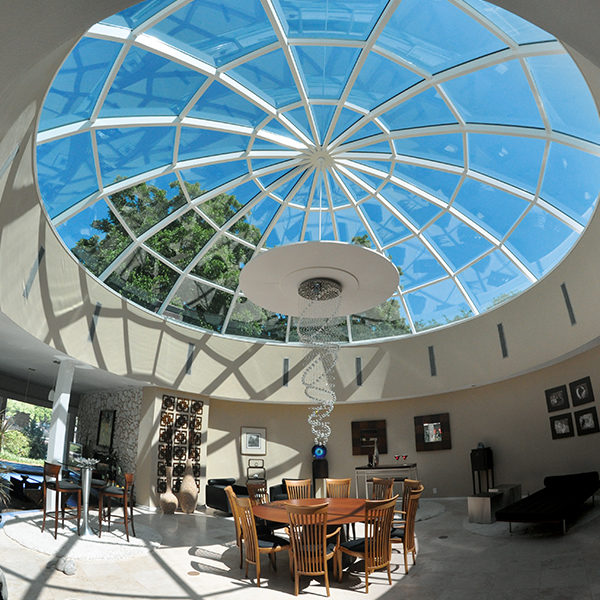Table Of Content

For years, local rumors have swirled around The Octagon House, implying its connection to the spirit world. Come hear tales of the unexplained and uncanny events that have occurred in this magical house while experiencing the delight of this meticulously restored architectural wonder. The next image presents a copy of the book, “The Octagon House A Home for All” by Orson S. Fowler. Fowler originally published this book in 1853 to promote the construction of octagon houses. Also shown are the interior floorplans for both the lower and upper floors of the original house.
Architecture
The United States National Register of Historic Places accounts for 68 octagonal houses still standing today. The Crooked Lake Review believed that at least 2,000 residential octagon houses still existed as of 2005.However, the octagonal house trend did not only take off in America. Canada also adopted this architecture, though not with quite the same exuberance. After the 19th century there was a decline in the popularity of this unique home style. However, in the past few decades it has been resurrected in contemporary octagonal designs utilizing post and beam building techniques.
Drill Permit Approval Received for New Mexico Lithium Project
Fowler sold the house in 1859 and eventually moved to Manchester, Mass. In 1897, Fishkill officials condemned Fowler’s house as a public health hazard and had it blown up. Some of the practical advantages of the octagon house included a more even distribution of heat. And it needed only one roof, unlike a rectangle with wings or additions. For those unaware, Feng Shui is an eastern belief that correlates furniture placement with one’s fortune.
Alabama's only octagon house was setting for mystery tale - AL.com
Alabama's only octagon house was setting for mystery tale.
Posted: Tue, 24 Aug 2021 07:00:00 GMT [source]
Clowning for Novices: History and Practice With Rose Carver
There are many other advantages to Topsider's octagon house designs and pre-engineered post and beam building system. Topsider's exterior walls are non-loadbearing and as a standard feature come with floor-to-ceiling windows so that clients can enjoy the panoramic views of their natural surroundings. Traditional and "stick built" homes, and many prefab kit homes, square and round in design, have exterior walls that support the roof - that limits the number and size of windows.
This freely available resource empowers the public with authoritative knowledge that deepens their understanding and appreciation of the built environment. This house is especially large with twenty-two major rooms—some of them triangular—and a cantilevered central staircase that rises to the cupola. Following Fowler’s insistence on innovative and economical features, this house included a wood-burning furnace that heated the entire house via vertical flues that rose from the basement and emerged at the cupola as four chimneys. According to Fowler, octagon houses provide 20% more indoor space than a square building would.
“It was primarily an experiment pieced together by an amateur, the result of an uninhibited individualism…furthermore the restless search for new architectural forms,” he concluded. It took him five years to build a 60-room behemoth with four stories and a cupola. Gravel walls had the added advantage of eliminating expensive framing and allowing the use of cheaper grades of wood.
His book A Home for All, or, the Gravel Wall and Octagon Mode of Building struck the fancy of a certain few, and Octagon homes were built across the country, for just about a decade until they fell out of favor almost overnight. This home in West Gardiner, Maine, was built by Jesse Tucker in 1856 on land his father had cleared, replacing a more standard structure. The new octagon house was being constructed as a gift to Jesse’s soon-to-be wife, but tragically fell from the roof of the barn when building, and died. The home was completed, and it was seemingly acquired by Jesse’s twin brother David.

Any structure comes with its distinctive set of advantages and drawbacks. However, the irregular shape of octagon houses presents a unique set of perks and challenges to keep in mind. Within the central idea of the octagonal plan, these houses show a wide variety of both construction and outward form. They range from the modest two-storey Bevis-Tucker House, to the grandiose Armour-Stiner House[5] (both are illustrated below). Estimates vary but hundreds of these Victorian-era homes are still standing across the United States and Canada.
Wandsworth Road
This new method of designing and constructing octagonal homes creates a structural membrane that is stronger than conventional stick-built designs. Expert in this application is Topsider Homes, who designs and manufactures its octagonal structures to custom specifications. Fads are curious, strange creatures, and likely to reappear (especially in fashion) when least expected.
One estimate puts the number at 2,077.[3] Even in their heyday, octagon houses were never mainstream. The Madisons found the Octagon House, likely spared from British flames because of the tricolor flag its resident, French Minister Louis Serrurier, flew. This unique Federalist-style home was completed in 1800, and was one of the grandest townhouses in the nation at the time. Although the Madisons were offered use of several homes, the Octagon House was nearby and met their needs, becoming the temporary White House when they moved in on September 8, 1814.
These elements would strive to balance historical authenticity with entertainment—a museum-quality experience but more lively and fun. From the simplicity of the Longfellow-Hastings Octagon House to the opulence of the William Perry Mansion, the Museum provides a unique look at the lifestyles of the people who contributed so much to the development of modern Los Angeles. In a revised edition of his book published in 1853, Fowler advocated the use of grout construction after seeing the hexagonal Milton House in Rock County. Stacy Randall is a wife, mother, and freelance writer from NOLA that has always had a love for DIY projects, home organization, and making spaces beautiful.

But she and Mr. Walsh, now 70, a retired software engineer who worked for IBM, persisted. In 2005, they bought the house for $180,000 and moved to the Herkimer County village from their Hudson Valley home three hours south. Most of the claims made by Orson S. Fowler, the chief proponent of the octagon, have been debunked.
He is approached by Frankie, the owner of an unruly roadhouse in the Florida Keys community of Glass Key, who offers him a job as head bouncer. Initially hesitant, Dalton takes up the offer after narrowly averting a suicide attempt with a freight train that destroys his car. He takes a bus to Frankie's establishment, called simply The Road House, and befriends Charlie, a teenager who runs a bookstore with her father, Stephen. The dome is very much original to the house, she added, describing the architectural style as Colonial Revival with a Queen Anne twist.
The building is an outstanding example of the Queen Anne and Eastlake styles. The Lincoln Avenue Methodist Church was built in 1897, located at 732 North Orange Grove Boulevard in Pasadena. Designed in the Carpenter Gothic and Queen Anne styles, the floor plan also follows the Methodist tradition of non-axial plans.
This was where the Treaty of Ghent was signed on February 17, 1815 before being sent to Congress for ratification, ending the War of 1812. Fowler’s phrenological follies have a way of oozing into his architectural conjectures. Animal habitations, he writes, correspond perfectly with the characteristics of their residents — for proof, look no further than the “coarse nest” of the equally “coarse-grained” goose!
In 1872, the house was purchased by Joseph Stiner, a prominent New York City tea merchant. With plans to use the house as a summer retreat, Stiner added the dome and the verandah to create a classical, elaborately detailed Roman temple. The exact numbers of octagonal houses built in the United States has been as source of debate since the 19th century. Fowler filed a town plat under the name of Fowler Town and Development.[7] The idea, alas, did not move forward. Octagon houses are eight-sided houses that were popular in the United States and Canada mostly in the 1850s.

No comments:
Post a Comment